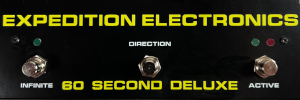
Wednesday, January 28, 2009
FARFISA SYNTORCHESTRA + Delay. A little demo of this vintage keyboard.
YouTube via AnalogAudio1. "Farfisa Syntorchestra in Action!"
KORG DS 10 -- DEEP C (original)
YouTube via huntraun.
"My third original using the Korg DS-10. I discovered that the Kaossilator could be set to any mode of major along with numerous other scales and intervals, so I set it to perfect fifths then used the patch mode to get a sonar type sound. Enjoy and let me know what you think."
Atari Punk Console with 4-Step Sequencer
Nord Modular G2 v1.6 Update
 "The Nord Modular G2 OS and the G2 Editor have been updated to version 1.6. This update is also accompanied by a new universal XP- and Vista-compatible USB driver - v2.14. This driver can also be used with the Nord Stage EX, Nord Electro 3, Nord Wave and the Nord C1. The driver is digitally signed which allows users with a Vista 64-bit system to install it.
"The Nord Modular G2 OS and the G2 Editor have been updated to version 1.6. This update is also accompanied by a new universal XP- and Vista-compatible USB driver - v2.14. This driver can also be used with the Nord Stage EX, Nord Electro 3, Nord Wave and the Nord C1. The driver is digitally signed which allows users with a Vista 64-bit system to install it.The 1.6 OS and Editor update brings Windows Vista compatibility to the G2 system. Macintosh users will benefit from a native support for the Intel-based computer models. The update and the driver is available in the Nord Modular G2 Download area."
SoftSynth
SoftSynth from Jared Arave on Vimeo.
"Q: Why will no one purchase these tiny coin purses?
A: Because they are not yet full of oscillators.
Thus was born Softsynth, an exceptionally crafty way of creating sweet, beautiful music wherever you may be.
Indecently, I get the feeling this witty moniker has probably been applied to any number of things that are soft, and make sound, but my love of puns trumps my desire for originality."
Jayemsonic Filtonium
 From the maker of the Resonator Neuronium, Jürgen Michaelis.
From the maker of the Resonator Neuronium, Jürgen Michaelis."The Filtonium came up by the idea to make again a "real" musical instrument without Midi and without keys or buttons. The soundproduction actually consists from a filter (which gave it the name), which can be excited by various kinds and thus serves as an oscillator, filter and VCA in one thing.
Three of these filters make the Filtonium a trichord, each of which can be played in tonal with the fingers on those metal sticks (sliders) similar to a string of a violin. There is no frets or quantisation! It's up to be played...
The excitation can be played by pressure and velocity sensitive pads on the corpus with three fingers of the right hand.
You can also use the bow function with the middle short slider to bow the filters like a violin string. Herewith, innumerable many shades of musical attacks are possible.
The three knobs adjust the resonance begin, the cross modulation of all three filters and the main volume. Because they don't have to be tweaked that much, they are placed at a less prominent location on the corpus.
The three "string" slider can be tuned individually by the fine trimmers at the end of the neck. Thus, open tunings, unisono, but also classic guitar(4th) or violin (5th) tunings ar possible.
Each slider has an interval of an octave.
The tonal scaling across the way of the slider is "linear" or hyperbolic (1/x) as for a real string instrument, because it is determined by quotients. The whole way is an octave, two thirds a 5th, a quart is a 4th, one third a -3rd etc.
So, to get tonal intervals, one has to play "logarithmic" scales like on the fret grid of a guitar (always the shorter to the corpus). All musicians playing string instruments are very familiar to playing like this, and an intervalwise linear grid (piano) would cause more difficulties and confusion.
With this, the typical exponentializing of the control voltage (like Volt/Octave) is not neccessary and would not cause further inaccuracys and temperature drifts like with normal synth VCOs.
The idea came in 1997, during talks with industrial designer Frank Dellen about the finish designs of AirBase99 and SunSyn. He took my conception and made a design and ergonomic study at the university GH Essen during his his study.
Now he gave me the model with his kind permission, to let this nice concept just be published and not forgotten in our minds."
via the bigcitymusic blog.
PREVIOUS PAGE
NEXT PAGE
HOME
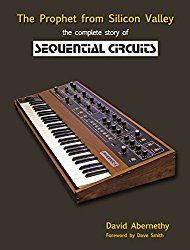
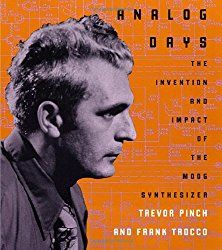
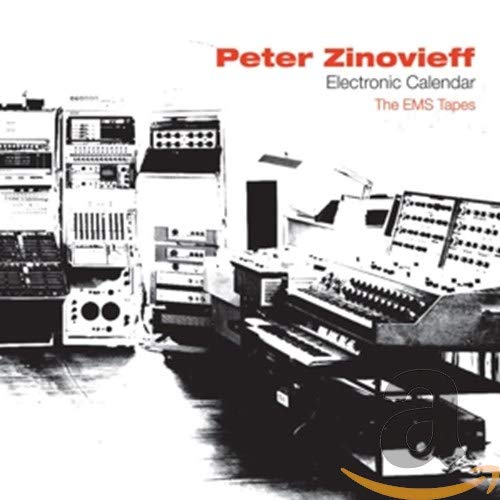
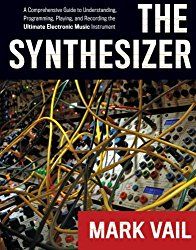
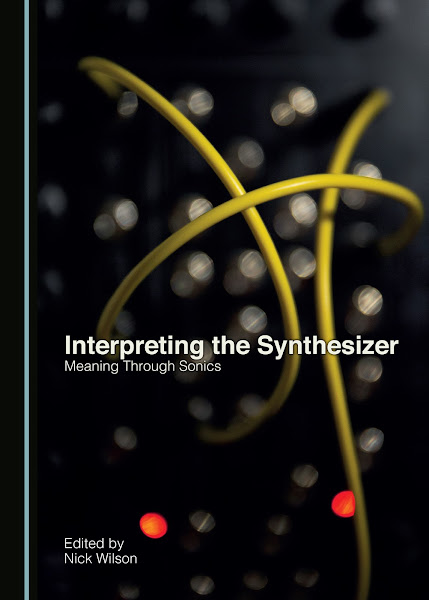
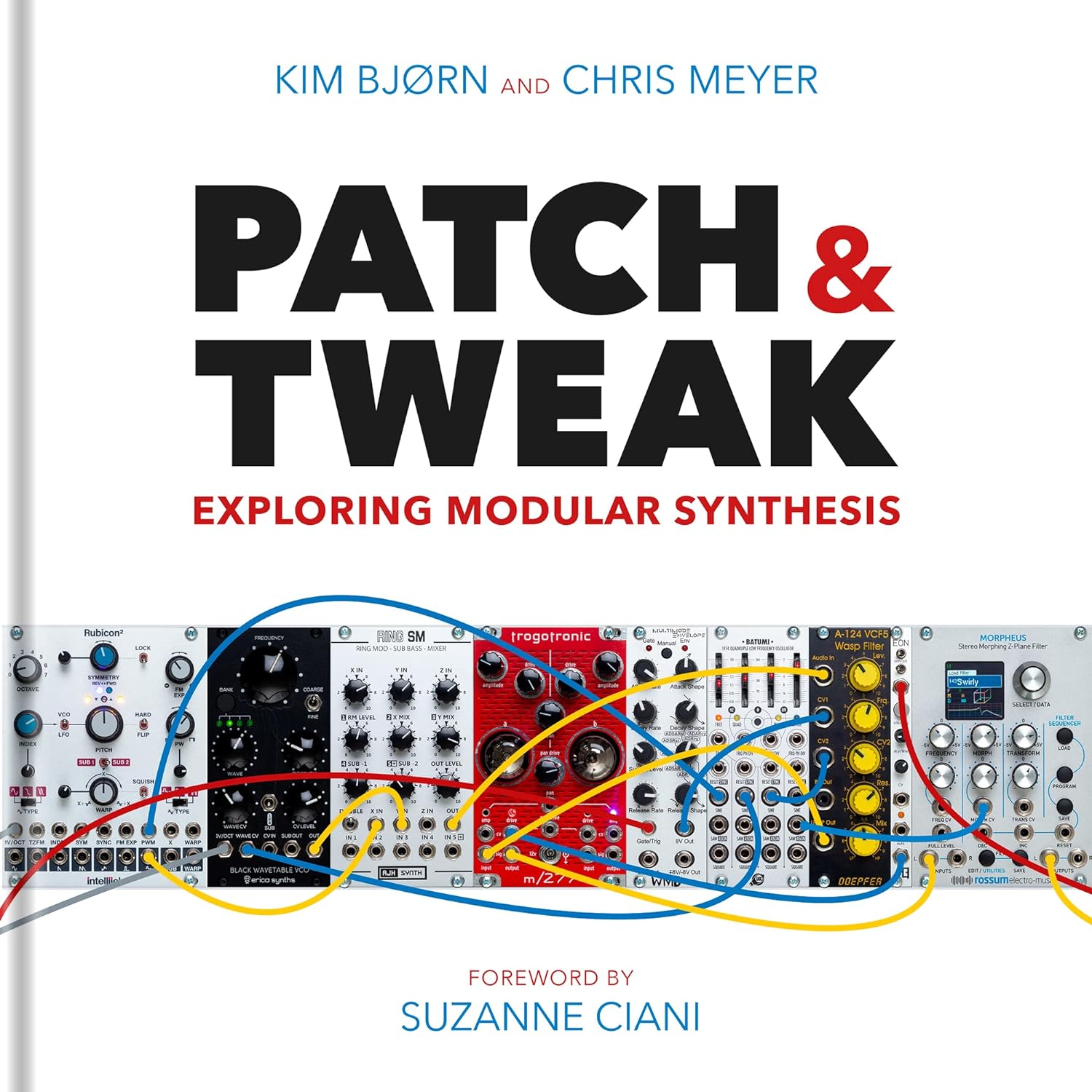
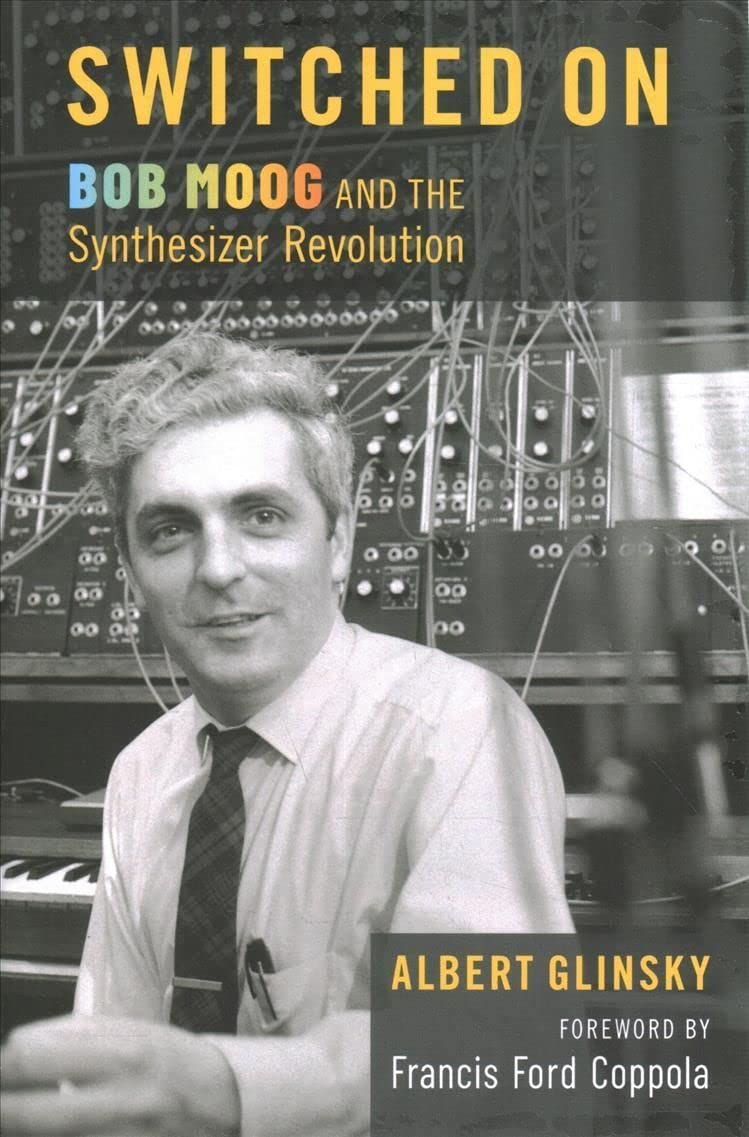
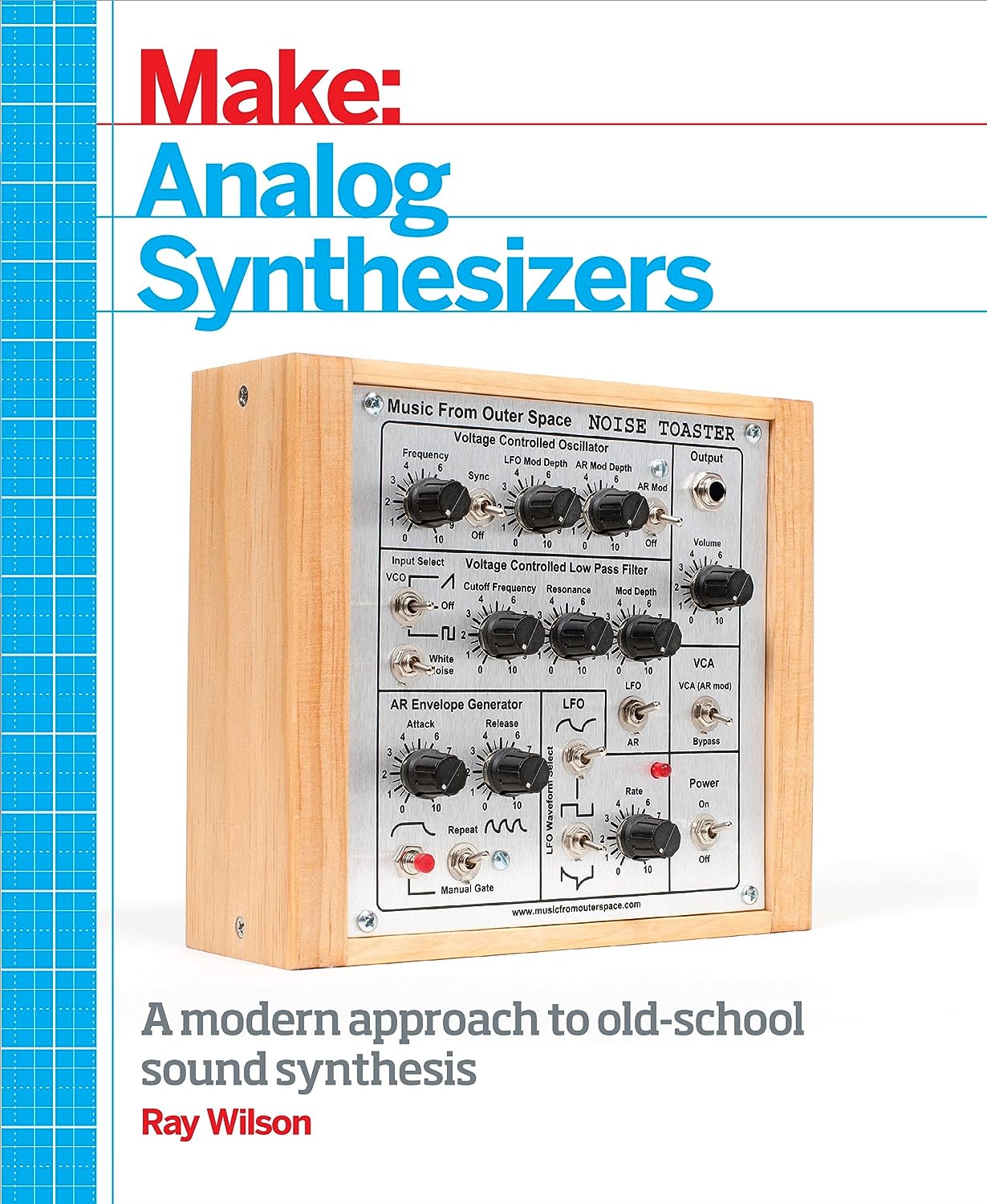
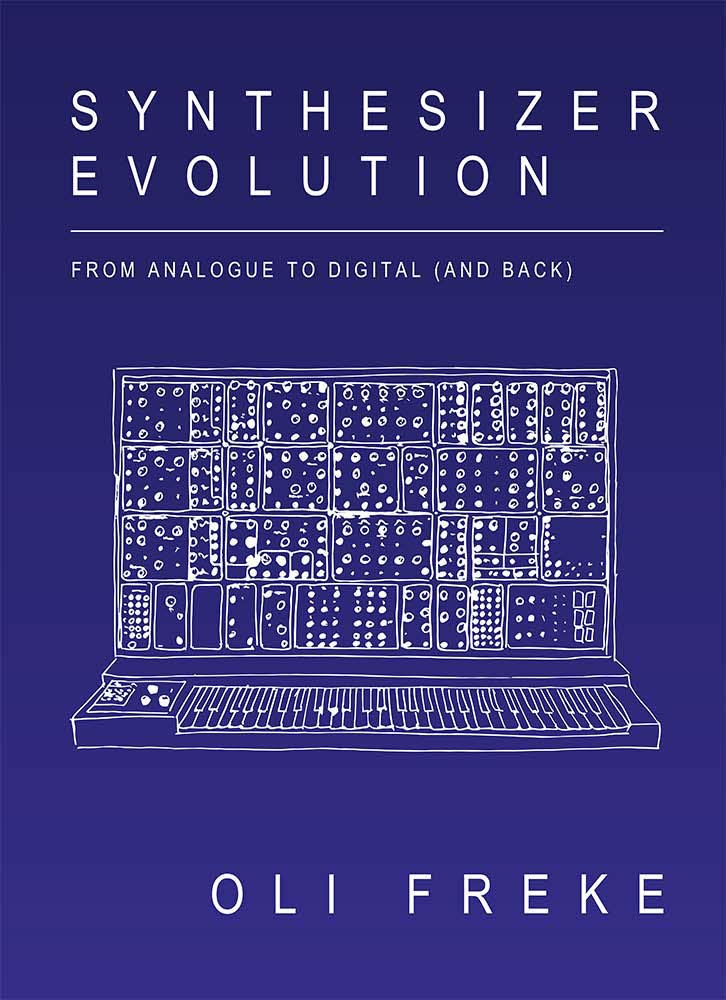
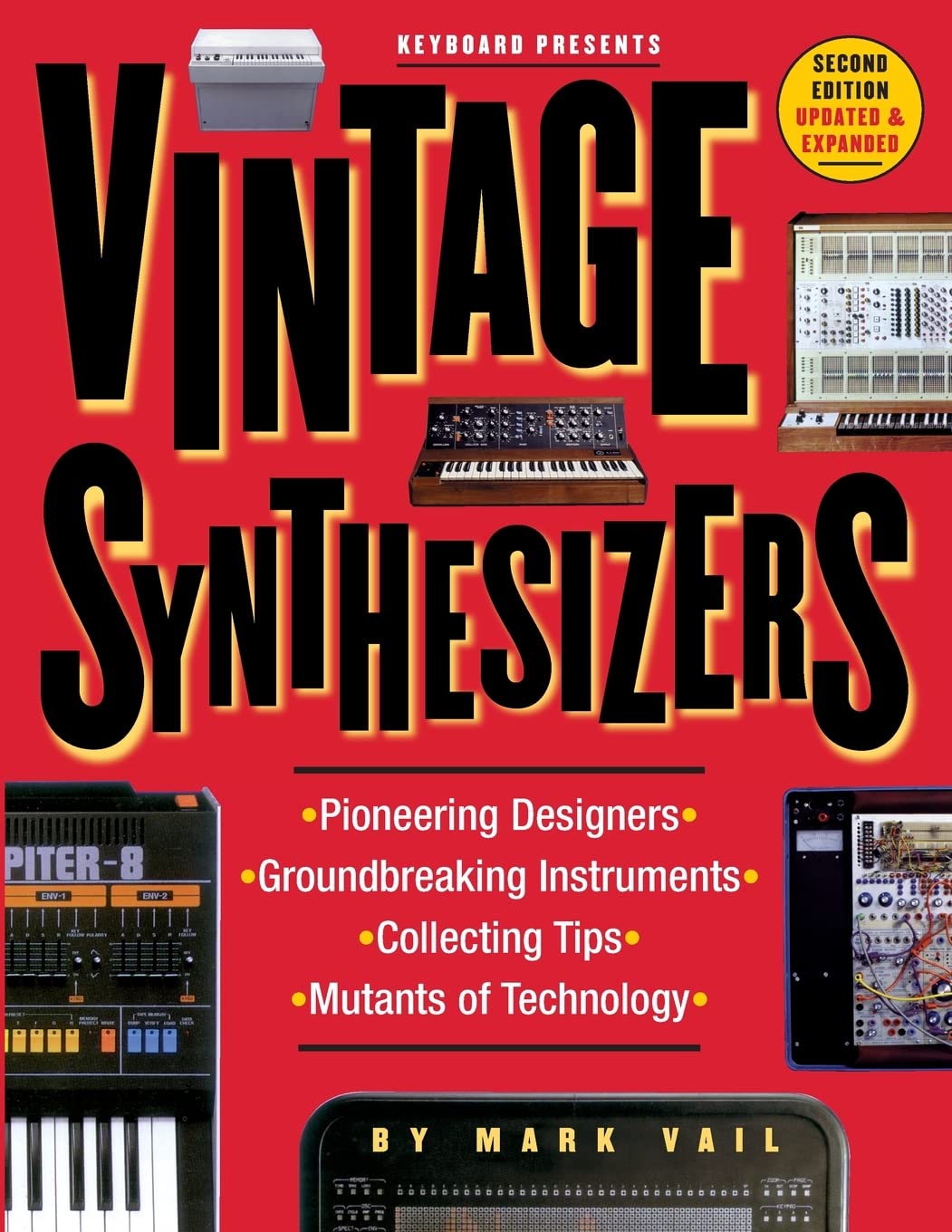
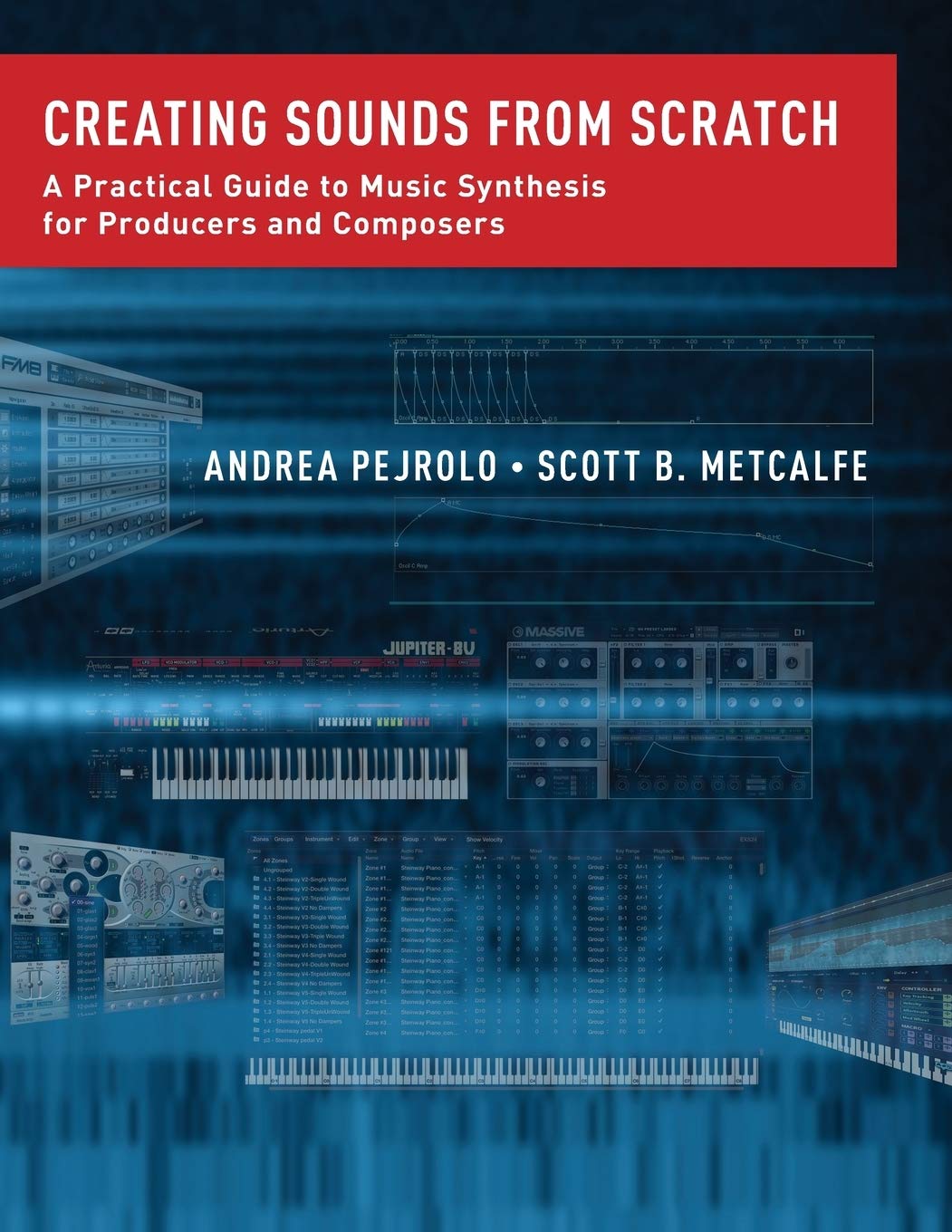
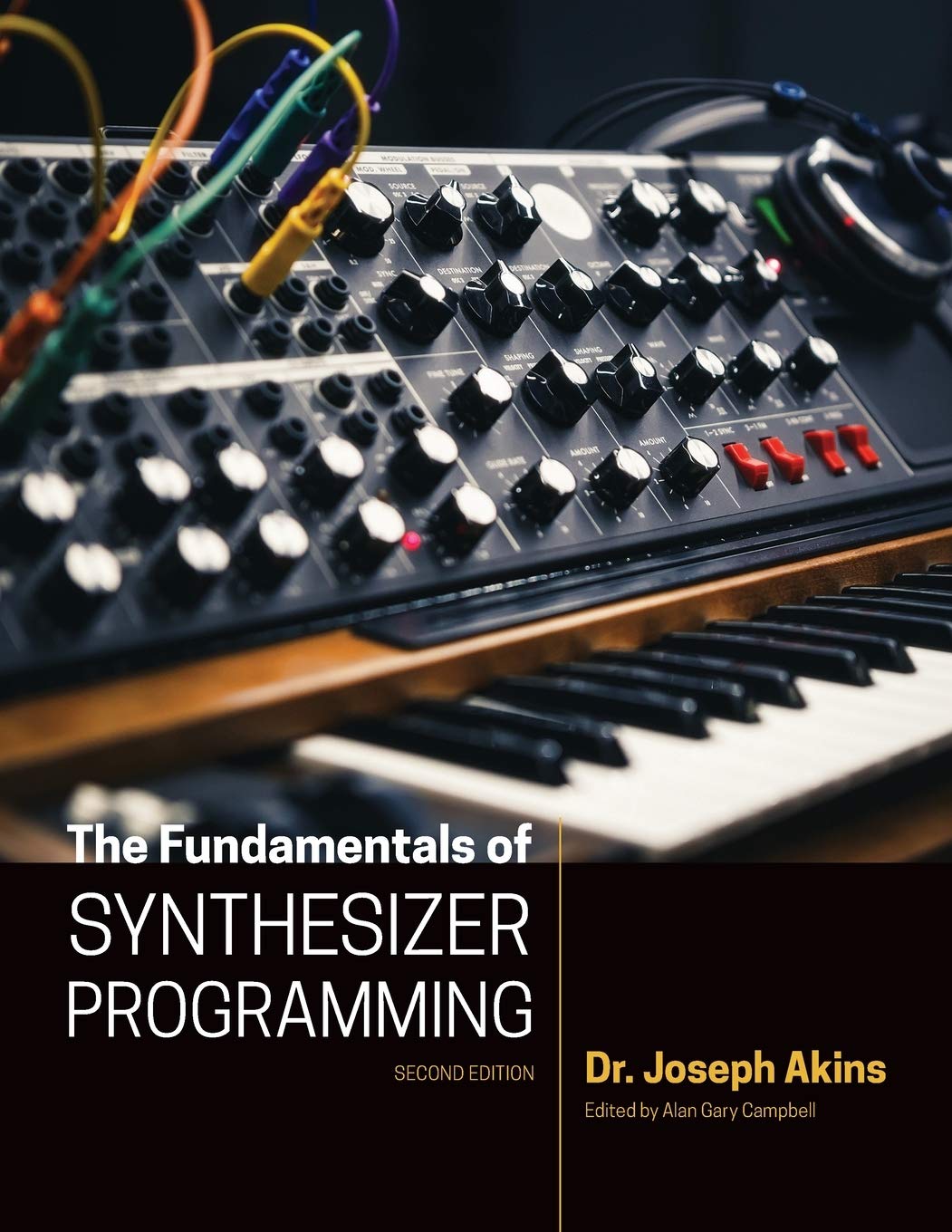
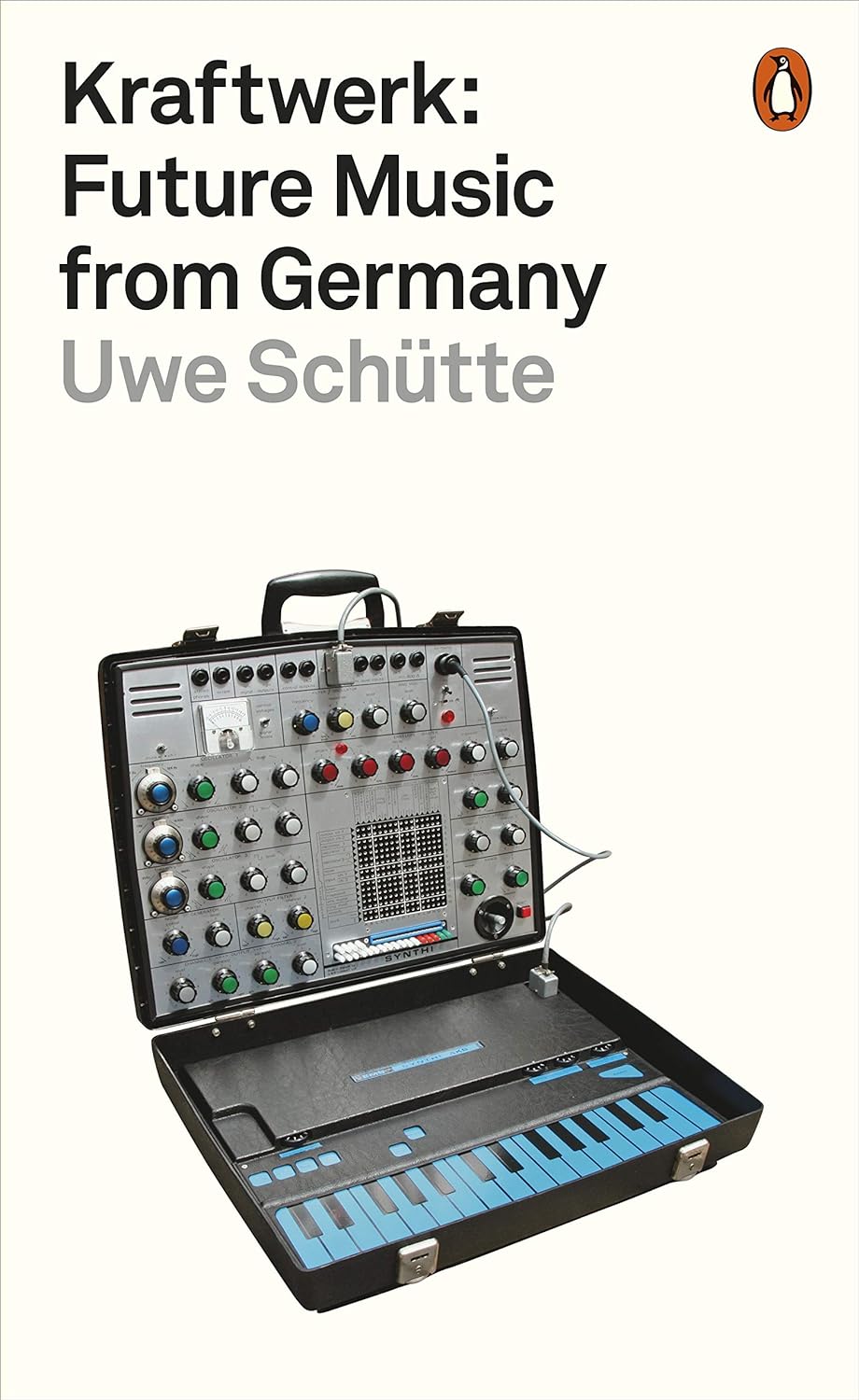
© Matrixsynth - All posts are presented here for informative, historical and educative purposes as applicable within fair use.
MATRIXSYNTH is supported by affiliate links that use cookies to track clickthroughs and sales. See the privacy policy for details.
MATRIXSYNTH - EVERYTHING SYNTH













© Matrixsynth - All posts are presented here for informative, historical and educative purposes as applicable within fair use.
MATRIXSYNTH is supported by affiliate links that use cookies to track clickthroughs and sales. See the privacy policy for details.
MATRIXSYNTH - EVERYTHING SYNTH

















